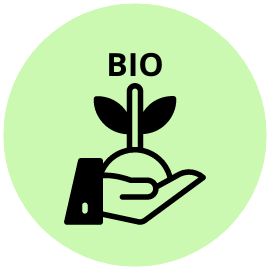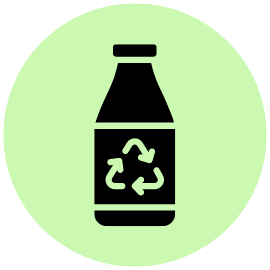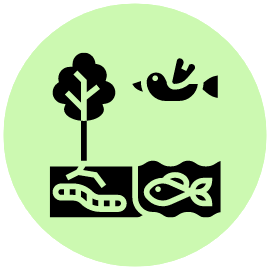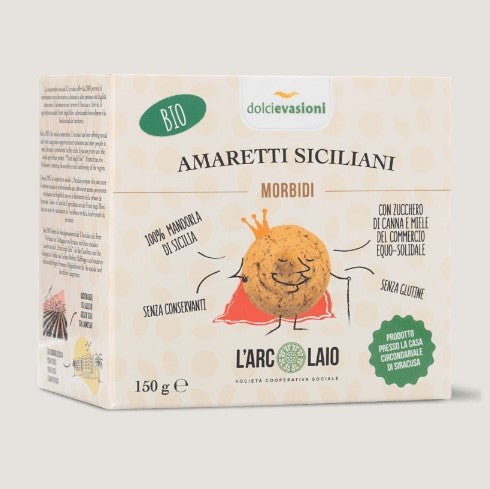
Environmental Sustainability
Environmental sustainability in 12 actions
Environmental sustainability today is increasingly playing a fundamental role for the future of our Planet. By choosing products and services from companies that are committed to sustainability, each of us can contribute to creating a healthier and more livable world.
In manufacturing activities, in particular, it means adopting an approach of total respect for Nature, trying to minimize the impact of the activity on the environment. For example, using less water and less energy, preferably from renewable sources, choosing biodegradable materials and trying to pollute less, reducing waste and scraps.
Thinking sustainably means thinking about the future, not just about profit. The consequences of actions must be viewed in the long term, trying to find effective solutions, but at the same time not putting the environment at risk for future generations.
This is why it is necessary to "collaborate" with the environment, instead of "fighting" it. Sustainable companies constantly strive to work in harmony with Nature , using renewable energy sources such as solar or wind, and protecting local ecosystems from invasive and intensive agricultural practices.
Why is it important to produce in an environmentally sustainable way? Because by doing so we would have a better chance of safeguarding the planet, protecting biodiversity, fighting climate change and ensuring sufficient resources for everyone.
Sometimes we don't think about it but A healthy environment means a healthier life for us and for future generations and helps us to significantly improve the quality of life.
Furthermore, reducing waste, optimizing processes and using renewable resources can lead to savings and new business models. And the economy benefits too.
Legend

Fewer chemicals
Reduce the use of additives, adjuvants, plant protection products, fertilizers and chemicals
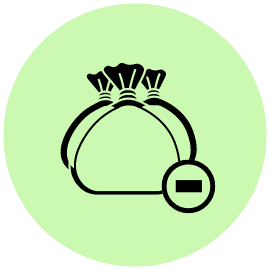
Less waste
Reduce waste production through its valorization, with circular economy approaches

Lower consumption
Reduce energy and water consumption, aimed at minimising the impact on CO2 emissions

3R: Reduce, Reuse, Recycle
Generating new value through waste and production scrap management strategies

Protection of biodiversity and ecosystems
Preserve the balance of different animal and plant species and their coexistence

Conservation and protection of soils and forests
Avoid erosion and increase fertility, as well as the landscape and aesthetic value of the areas
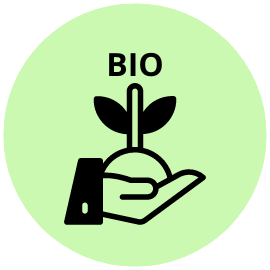
Increase in organic production
Increase areas dedicated to organic production to improve soil and ecosystem health
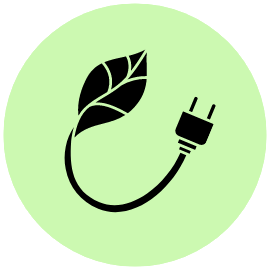
Energy from renewable sources
Reduce the use of fossil fuel energy, to reduce greenhouse gas emissions and environmental impact
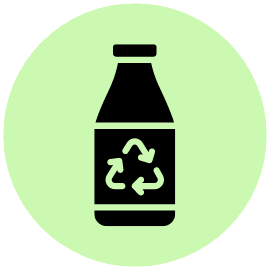
Recycled and recyclable packaging
Achieve the lowest environmental impact and waste possible, without sacrificing functionality

"Water footprint" or water footprint
Measure water footprint , or the volume of fresh water used, evaporated and/or polluted for the production or execution of a good or service

"Carbon footprint" or carbon footprint
Quantify the "climate footprint ", that is, the quantity of greenhouse gases emitted into the atmosphere for the production/performance of a good or service, in terms of climate impact
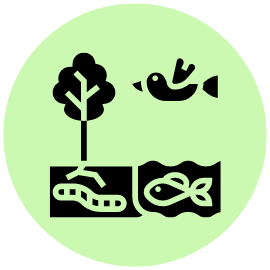
Territorial Biodiversity Index
Measure the variability among organisms within each type of ecosystem (terrestrial, marine and aquatic), including diversity within and between species










